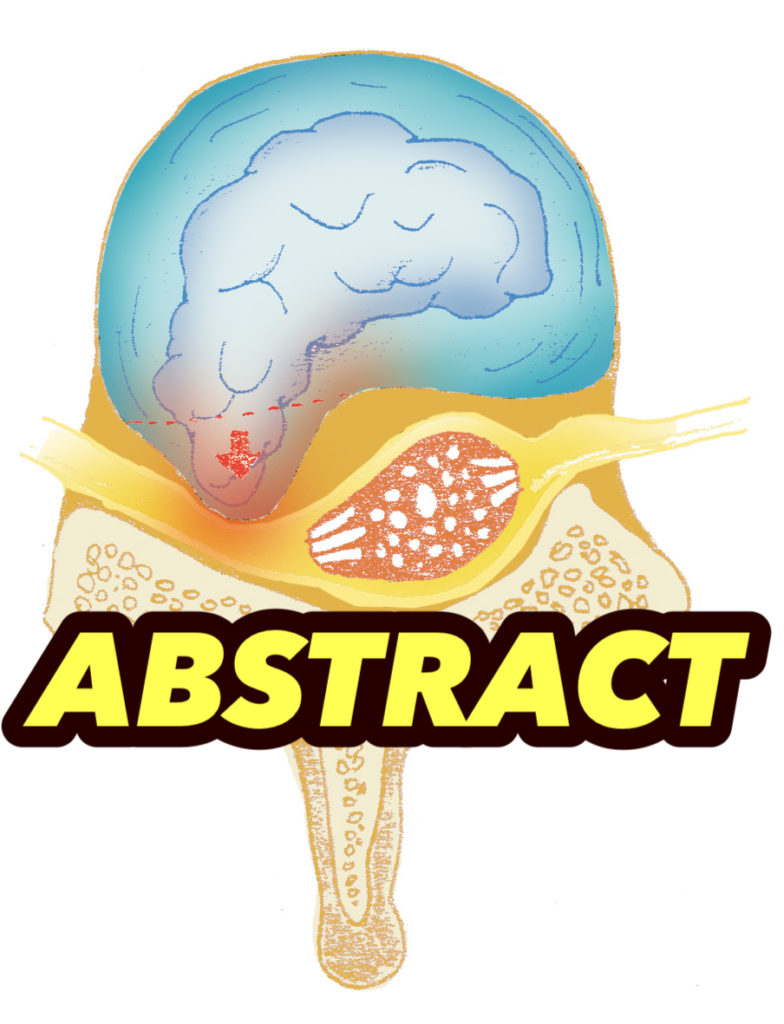ReviewSpine J
doi: 10.1016/j.spinee.2021.12.002. Epub 2021 Dec 9.
Demographic, clinical, and operative risk factors associated with postoperative adjacent segment disease in patients undergoing lumbar spine fusions: a systematic review and meta-analysis
Mohamed Kamal Mesregah 1, Brandon Yoshida 2, Nassim Lashkari 2, Aidin Abedi 2, Hans-Joerg Meisel 3, Ashish Diwan 4, Patrick Hsieh 5, Jeffrey C Wang 2, Zorica Buser 6, S Tim Yoon 7, AO Spine Knowledge Forum Degenerative
Affiliations expand
- PMID: 34896610
- DOI: 10.1016/j.spinee.2021.12.002
Abstract
Background context: Adjacent segment disease (ASD) is a potential complication following lumbar spinal fusion.
Purpose: This study aimed to demonstrate the demographic, clinical, and operative risk factors associated with ASD development following lumbar fusion.
Study design/setting: Systematic review and meta-analysis.
Patient sample: We identified 35 studies that reported risk factors for ASD, with a total number of 7,374 patients who had lumbar spine fusion.
Outcome measures: We investigated the demographic, clinical, and operative risk factors for ASD after lumbar fusion.
Methods: A literature search was done using PubMed, Embase, Medline, Scopus, and the Cochrane library databases from inception to December 2019. The methodological index for non-randomized studies (MINORS) criteria was used to assess the methodological quality of the included studies. A meta-analysis was done to calculate the odds ratio (OR) with the 95% confidence interval (CI) for dichotomous data and mean difference (MD) with 95% CI for continuous data.
Results: Thirty-five studies were included in the qualitative analysis, and 22 studies were included in the meta-analyses. The mean quality score based on the MINORS criteria was 12.4±1.9 (range, 8-16) points. Significant risk factors included higher preoperative body mass index (BMI) (mean difference [MD]=1.97 kg/m2; 95% confidence interval [CI]=1.49-2.45; p<.001), floating fusion (Odds ratio [OR]=1.78; 95% CI=1.32-2.41; p<.001), superior facet joint violation (OR=10.43; 95% CI=6.4-17.01; p<.001), and decompression outside fusion construct (OR=1.72; 95% CI=1.25-2.37; p<.001).
Conclusions: The overall level of evidence was low to very low. Higher preoperative BMI, floating fusion, superior facet joint violation, and decompression outside fusion construct are significant risk factors of development of ASD following lumbar fusion surgeries.
Keywords: ASD; Adjacent segment disease; BMI; Concurrent; Facet joint violation; Floating fusion; Lumbar fusion; Risk factors.
Editor do blog: Julio Pereira – Neurocirugião – São Paulo CRM/SP 163.113 Site para Consulta: https://www.julio-pereira.com/ Consultório: (11)99503-8838 (WhatsApp) / (11)4200-2300 Atuando no Hospital Sírio-Libanês e na BP – A Beneficência Portuguesa de São Paulo.
CONFIRA NOSSOS SITES:
Cirurgia de Coluna
Tumor Cerebral
Aneurisma Cerebral
Radiocirurgia
Neuro Cancer
WeNeuro


